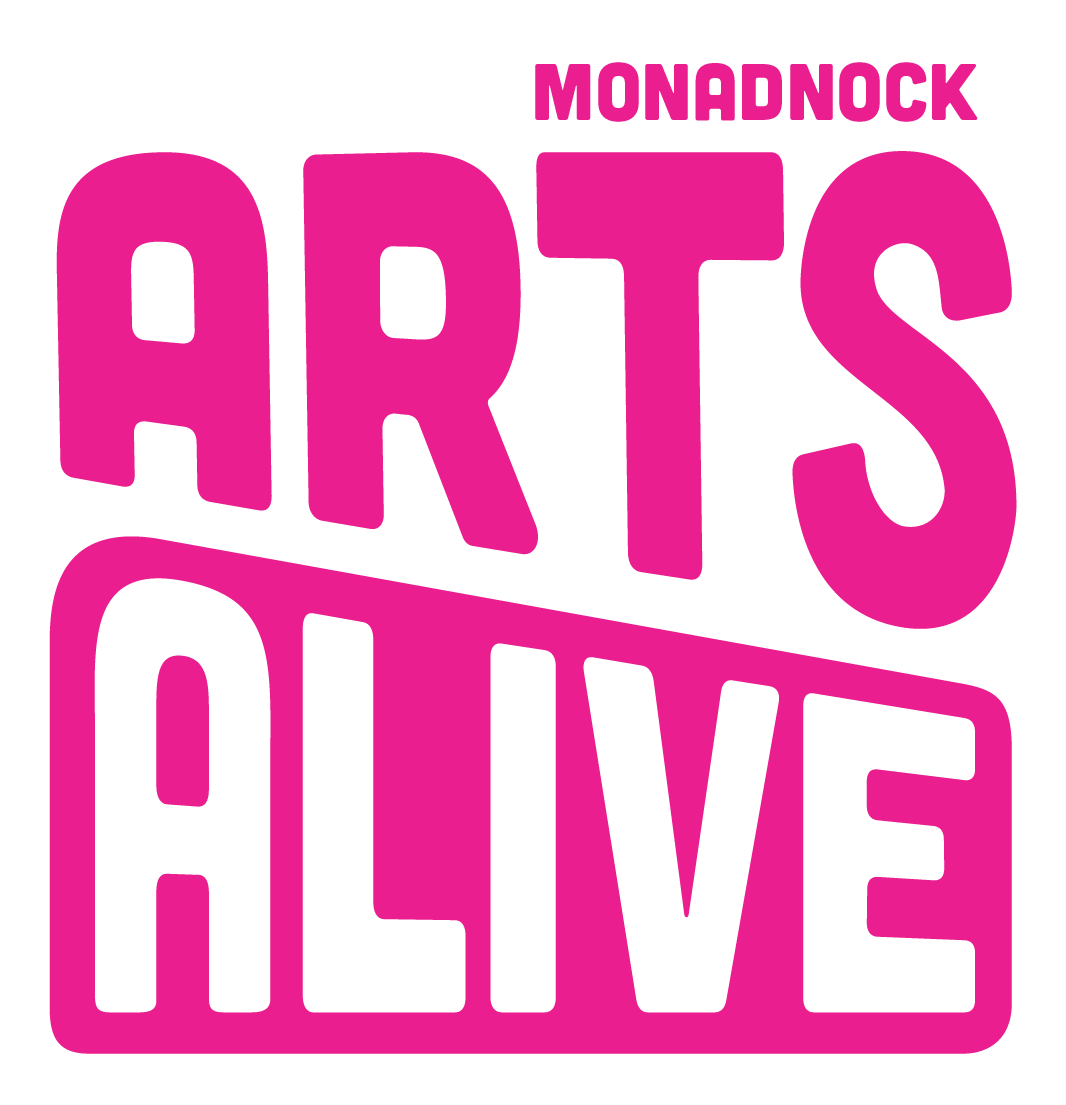Please tell me the basics about LaBelle Winery... when itstarted and why.
LaBelle Winery came to be when Amy LaBelle had an epiphanywhich happened in 2001 while visiting a winery in Nova Scotia, Canada. The moment she walked
into that small winery, she experienced a"lightning bolt" moment, and that's when she knew
her life's callingwas to make wine. So, she began the journey of learning the art of
makingwine, starting with a small batch of blueberry wine, and at UC Davis, CA intheir
distance learning program. Amy worked on her business plan andcontinued her education
and producing small batches of wine all the whilekeeping her "day job" at the time which was
as a practicing attorneyat Fidelity Investments.
In 2005 Amy launched a small commercial production at Alyson'sOrchard in Walpole, NH
where she fermented small batches of Apple Wine for twoyears. She then married Cesar
Arboleda, and they moved the winery to a barnbehind their home in Amherst, NH where they
together grew production to 18,000gallons. In 2010, with 200 wholesale accounts and no
more room to expandin the barn, they took a giant leap and embarked on their journey to
build thecurrent LaBelle Winery - a 20k square foot, state-of-the-art wine productionfacility
with a restaurant and event center. With the dream of making wine, wasalso born the dream
to build a place where the community could gather and enjoyexcellent food, wine, and arts
and culture. Amy and Cesar are so proud to offer notjust a place to visit, but an experience
unlike any other.
Please explain LaBelle’s commitment to the arts in your Region.
Amy and Cesar support all arts; culinary, visual,literature, performing arts, etc. Amy is
trained in performance art inseveral forms of dance and, now, as a winemaker who creates
"consumableart”. It's her vision to provide a venue where artists and art loverscan gather,
enjoy a wine tasting, socialize and learn something new.These programs support artists or
associated art institutions and bringto the public a cultural connection right in their back
yards. Theseprograms are unique, educational and entertaining and are designed to be
accessibleand with little to no cost. The Art Gallery at LaBelle Winery has apermanent
collection component that resulted from Amy's wish to support artistswith commissioned
work. That program is still evolving but LaBelle doeshave its first permanent installation in
the Gallery. It is namedCesar’s Watch by artist William J. Schnute of New Hampshire, a
Master Carver.The work depicts the life-cycle of a grapevine above and below ground. Be
sure to check it out - it's incredible!
Is LaBelle Winery collaborative? How so? How doesLaBelle collaborate with artists
and arts-related organizations?
LaBelle Winery collaborates/partners with various groupsinvolved in the arts and together
continue to create programs that we considerof interest to the public. For example, we
hosted a literature serieswith Hobblebush Books and artist/art talks with the New Hampshire
Institute ofArt. Both of these programs were very popular, well attended, andcustomers often
ask us when the next series will begin! We are currentlyworking on continuing the artist
talks in the first quarter of 2017 along withpoetry readings, dance, painting, wine making, and
a mosaics series to name afew. These programs align with Amy LaBelle's vision to provide
a placewhere people can gather to learn something new, ask questions, and enjoy greatfood
and wine. Some of these programs are participatory, such as thepainting, mosaics making
and the dance series. Others are in a seminarstyle format. That's part of the collaborative
decision-making process;determining the best way to bring a program to the public to
achieve the mostpleasing outcome. We make it a point when creating
collaborativerelationships that it isn't the number of people that attend that determine
thesuccess of a program. How much enrichment that is garnered for the attendee
andpresenter is what defines the true benefit of a program.
What is LaBelle’s vision for the arts in their Regionand the surrounding regions?
And, NH for that matter?! How will LaBelle work tomake that happen?
From a culinary arts and wine producing perspective, Amystrives to continue to grow the
industry in the North East. Wineproducing facilities were an anomaly just ten years ago in
New Hampshire.Fast forward to 2012 when Amy opened the doors to LaBelle Winery, and
we can see strong evidence that wineries are important to NewHampshire's Tourism and
Arts related industries and to consumers who love wineand art. There are parallels in the
relationships between learning aboutand enjoying wine and learning about and enjoying art,
in all its forms.
Forexample, customers may express their preferences about wine (red or white,sweet or
dry), or admit to not knowing much about wine, or may feel intimidatedabout the rich history
of wine. So partaking in a wine tasting is such anenjoyable experience. It's an activity aimed
at educating and expandingone's awareness. It's the same with art. People sometimes
gravitatetoward a particular style or type of art or craft. They enjoy learning aboutart and
therefore perhaps engage in an art-related activity. We've foundthat people who enjoy wine
gravitate to the arts and that suggesting that wineand art is a "perfect pairing". Thus why you
often see art displayedat a Winery. Our art-centric programs continue to develop and expand
onthe relationship between learning, art and enjoying wine. It helpseveryone involved to have
fun and learn together in a comfortable, friendlyenvironment. It's a rewarding endeavor for all!
